 October
28
October
28
Tags
Controversy in Allegory: Masson and Courbet
On the 28th of October 1987, the French Surrealist artist André Masson died at the respectable age of 91 in Paris. Important exponent of automatism in the visual arts, Masson worked in a manner equivalent to the literary ‘stream of consciousness’, allowing his hand free rein from conscious thought and premeditated composition. He was said to have inspired Jackson Pollock by his loose creative approach of squeezing paint directly from the tube, using his hands and various atypical tools to produce spontaneous designs. “I pounced on my drawing paper and let myself go”, he said of some work he exhibited in 1970.

A definition of hirsute Beauty: The Origin of the world (1866), by Gustave Courbet. (Photo credit: Wikipedia)
Considering Masson’s instinctual abstractions, it is perhaps no coincidence that his stepbrother, Jacques Lacan, whom David Macey called “the most controversial psycho-analyst since Freud”, chose him to produce a mysterious screen which would hide his latest acquisition. In 1955, Lacan had become the owner of Gustave Courbet’s notorious L’Origine du monde (1866) which he had bought at auction for 1.5 million francs. As a psychologist, Lacan’s post-structuralist approach questioned previous methods of structuralist thinking which clearly differentiated between concrete reality and abstract ideas introducing a ‘third order’ that mediates between the two. In Lacan’s view, these two often reflected each other and overlapped. He had trained on patients suffering from délires ý deux, or ‘automatism’, a condition in which the subject believes his actions, writing, or speech, are controlled by an outside and omnipotent force. Masson’s surrealist style provided for Lacan a visually opposing and yet similarly allegorical front to Courbet’s premeditated and pedantic realist painting. Masson himself was no stranger to the psychiatric ward having been left with serious post-traumatic stress disorder following his first-hand experience of WWI combat as he was shot in the chest in 1917.
“Stretcher-bearers were unable to get him to safety and he was left for the night, half-dead, on his back, where he was a submissive spectator of the struggle, gazing at the conflict overhead. Masson had spent three years in the trenches in conditions so horrible he was unable to speak of them for years, and his wounds caused him psychic trouble to the end of his life. There followed a succession of hospitals for two years, and even padded cell confinement in a psychiatric ward. His doctor advised that he never again live in a big city. The war left him nervous with nightmares; he suffered from insomnia and spent long painful hours dreaming new paintings.” (Martin Ries, André Masson: Surrealist, Survivor, Sage, originally published in http://artandeducation.net/papers/view/8, 2009)
Masson’s trauma gave birth to automatist painting and he was known to be a great admirer of Freud. For Lacan, he worked on a double bottom frame on which he basically drew an allegory of the allegory: the title Origin of the World was giving away the pretext that Courbet used in order to indulge in his unadulterated love of realism. His work was symbolic, yet the symbol was reproduced in a very neat naturalist manner. Lacan and his wife Sylvia Bataille installed the Courbet in their country house in Guitrancourt.
“Courbet’s painting has become canonical, having been accepted by the French from the Lacan estate, in lieu of tax, in 1995. (…) it almost looked official, whereas Masson’s cover, known as Terre érotique, showing the same view of a woman’s private parts but playing calligraphically on the idea of the body as a landscape, retained a sense of titillation. The terracotta-coloured panel was designed to slide back, so that Lacan’s visitors were treated to a drama of unveiling. This kept alive the practice tradition begun by the Origin’s first owner, the Ottoman ambassador Khalil-Bey, who hung the Courbet in a lavatory, behind a green curtain. And it has been learnedly suggested that this green curtain (blasphemously enough) was a reference to the fictive green curtain in Raphael’s Sistine Madonna. The Masson cover remains in a private collection, while the Courbet belongs to the Musée d’Orsay.” (James Fenton, private view, The Guardian, Saturday 8 March 2008)
In 1865, the French thinker Pierre-Joseph Proudhon protested: “I have heard Courbet call his pictures ‘real allegories’; an unintelligible expression. […] What! He calls himself a realist, and occupies himself with allegories! This wretched style, these false definitions have done him more harm than all his eccentricities; he is a realist, and he is turning back to the ideal through allegory.” (Du principe de l’art et de sa destination sociale, Paris, 1865, p. 285). Masson was much closer to what Courbet would have defined as an allegory: “To use an allegory is, etymologically, to say one thing to describe another, and, in the realm of the arts, to represent an abstract idea through an image, to populate the visual field with objects recreating an invisible reality.” (A. Masson, L’Allegorie, [“Que sais-je?”], Paris, 1974, p. 6).
In this sense then, Lacan must have been playing a perverse psychological mind game using Masson’s abstract work to conceal possibly the most deeply ingrained (invisible) reality in all humans’ psyche: their inner mother, the origin of their own world.

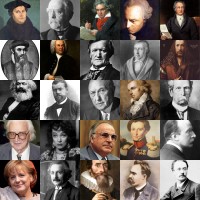


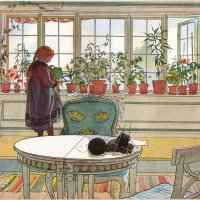
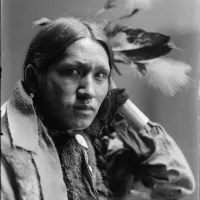
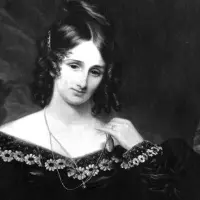
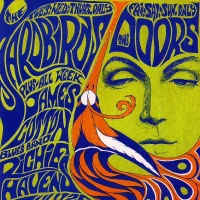
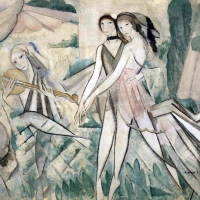
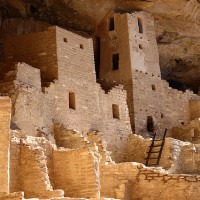
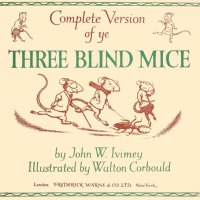
Oh yes I remember the first time I stumbled across this Courbet at the Musee D’Orsay about 20 years ago. I was scandalized that it was hanging publicly, but it didn’t keep me from being amazed by his skill. That same visit, a woman came into the museum in a loosely-knotted macrame tank dress with absolutely nothing on underneath. Clearly, we weren’t in Kansas anymore.
LikeLike